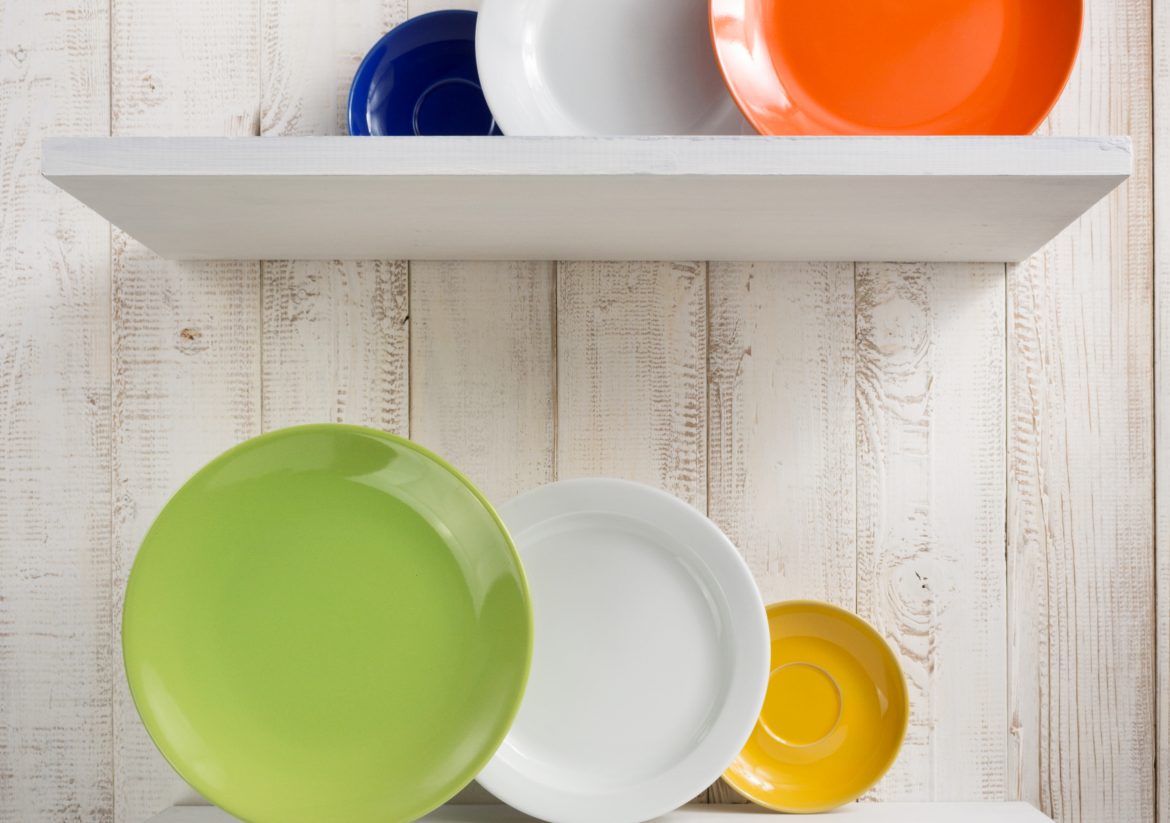Easy DIY Floating Shelves

Easy DIY Floating Shelves with A Welded Steel Bracket
Floating shelves can be a great way to enhance and freshen up your space. Whether you’re looking to add some change to your den or living room, or you’re just looking to give your bathroom a quick facelift, they can make an attractive and functional décor statement, not to mention an easy solution to keep your gear organized.
Before we continue, here’s a list of things that you need for building your shelves. You’ll need 2” x 8” x 8’ lumber, and also a welded steel 20” floating shelf bracket available in many hardware stores and also online. There are several makers of floating or hidden shelf brackets such as Big Teddy, Dakoda, Urban Railroad Company, and Tech Team
https://techteamproducts.com/ . We decided to use the Tech Team Bracket
https://www.amazon.com/TECH-TEAM-Floating-Bracket-Construction/dp/B07G1KJ6S6/ref=sr_1_5?s=hi&ie=UTF8&qid=1539526505&sr=8-5&keywords=tech+team+floating , https://www.amazon.com/Tech-Team-Floating-Bracket-Heavy-Duty/dp/B07G1GT662/ref=sr_1_26?ie=UTF8&qid=1544212238&sr=8-26&keywords=tech+team as they have a strong ¾” diameter pin rather than the 5/8” pin on the others. For those who have tools, all you need is a circular saw, a drill, a sander, and a 7/8” auger or spade bit.
Step one is to cut this lumber down to three equal parts. The final length of each board will be just shy of 32”. After you mark the area add a piece of support on the bottom to catch the wood after its cut. You also want to check the depth of your blade so you don’t go all the way through the support. Lift the saw up a bit just so it barely touches the support. Then use a speed square as a quick and simple way to keep the saw straight as you cut the lumber. Now repeat the same steps two more times and it will yield three shelves.
The next thing you want to do is mark 3 locations for the ¾” steel pins on the bracket. Mark the very middle, and then measure the center to center dimensions of the other pins. Next you want to find the center point of each line and put a mark. Now take ¾” bit and put tape around it, and this is going to set the depth of the hole for the pin. You can use a 12 penny nail to mark the point. This would help the bit to stay focused and not wander off. Now just repeat the same step for all holes. Now go ahead and sand down and clean up the shelf. Use #300 grit aluminum oxide sand paper.
It is easier to drill the holes first, then cut the wood, because this way you will know everything will be lined up perfectly. Using the guide on the circular saw, set it to make 1 ½” cut and lock it in place. Of course if you have a table saw or compound miter saw, this would be a much easier process to tackle, and you can go ahead and make the cuts. Use a circular saw but be sure to hold onto the circular saw with two hands, if need be, control the saw so it doesn’t wander off. Mark each hole so we know which pin goes where, and which piece goes with which piece. Use a 7/8” bit as this makes it easy for the pins to slide in and out of the holes. Be sure to wear ANSI approved safety glasses and hearing protection.
Now you can move on to sanding down all the shelves and you can do this by profiling the edges using a router, or you can use the sander but this will not yield as uniform a result as the router. Now line up the pieces and push the shelf onto the pins. As you can see, the pins will slide in and out of the shelf just fine. Just repeat the same steps for the remaining shelves.
To prep the shelf use one coat of min wax pristine conditioner. For people who aren’t really familiar with min wax pristine conditioner, what this does is help avoid any blotching from your stain. After the conditioner dries, lightly sand it with 400 grit sand paper, and the next step will be adding the stain. Now there is a few ways to apply stain. The best technique is the wipe on technique where you just apply it and then you remove it with tack cloth. Then use the min wax gel stain.
The next step to finishing the shelf is putting on a top coat. A good idea is to use a spray on polyurethane. Add two to three layers of top coat and sand lightly between each one of them. When it comes to the polyurethane, you can use the brush on version, the wipe on version, or you can just spray. A spray for a project like this makes less mess, and you don’t have to worry about a whole lot of cleanup. Just pay attention to the instructions as too cool a temperature will not allow the polyurethane to level and expel bubbles.
The first step to mounting the shelves is to anchor the back bracket. To do so, you want to level the bracket, and then find a stud in the wall. Next, make a mark on the wall. Use a level to mount this section. Drill about ½” in because we want the screw to be able to go through the wood and into the stud, but not interfere with the shelf itself. Now place the bracket over the mark that you put on the wall, and screw into the stud. Slide the shelf over the pins on the bracket. Job done!!
